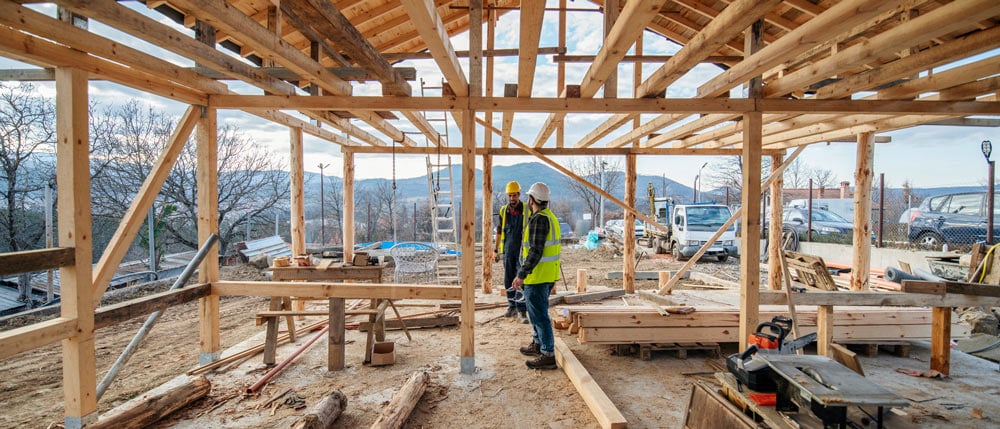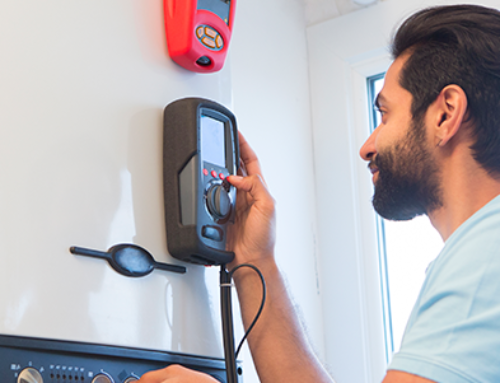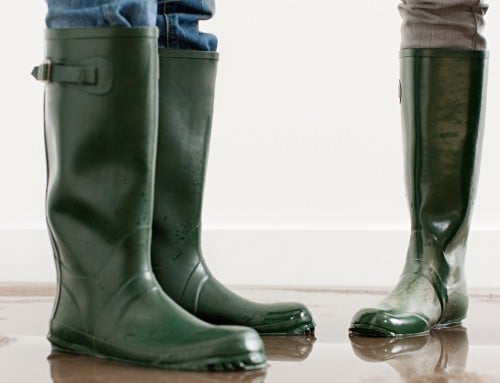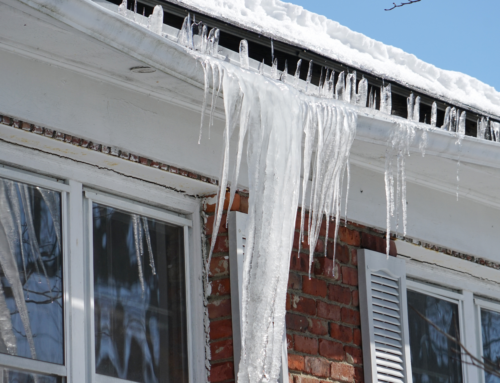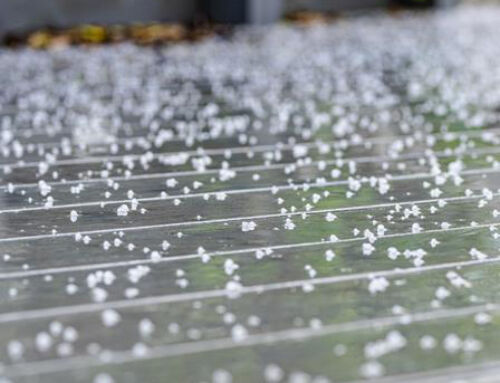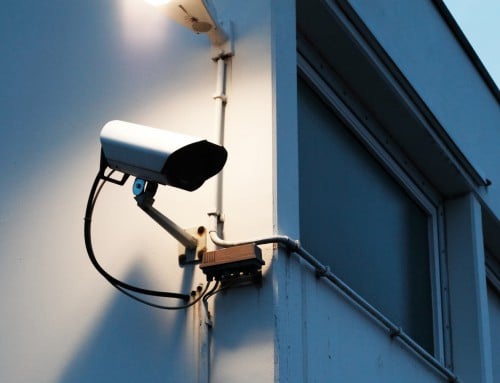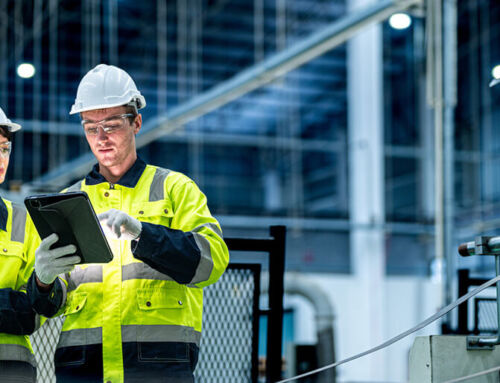Whether you’re building a detached home or an entire subdivision, working in the home construction industry comes with risk — and one of the biggest risks is fire.
There were almost 16,000 structural fires on Canadian jobsites in 2021, according to Statistics Canada. Many of these fires were accidents, caused by smoking, hot work, and temporary heaters. But of those structural fires, 1,686 were caused by an incendiary act, which includes arson and “suspicious” fires.
But with the right safety precautions in place, you can prevent or minimize the risk of accidental fires — and make your jobsite less of a target. Here are some of the most common fire risks and best practices to improve jobsite safety.
Safety tips when doing hot work
Hot work (any process that uses open flames or generates sparks) poses a high fire risk. This includes operations such as grinding, thermal spraying, and roofing membrane application, where sparks could ignite nearby combustible material.
Larger contracting companies typically have a hot work management program, which outlines policies and procedures for when, where, and how hot work is permitted (such as CSA W117.2-12). Smaller contracting companies might not have a formal program in place. Although, they should still follow best practices and check with their insurance broker about any limitations in their liability coverage.
- Always follow the procedures outlined in the hot work management program; avoid ‘quick’ jobs that don’t follow these procedures.
- If you don’t have a program in place, follow best practices: survey the hot work area beforehand, remove any combustible material, and use thermal barriers if necessary.
- The Canadian Centre for Occupational Health and Safety offers a list of safety procedures, such as posting a fire watcher for up to three hours after the end of hot work.
Safety tips when using temporary heaters
Many homebuilders and contractors use temporary heaters on jobsites, particularly during colder months when no other heat sources are available. But temporary heating also poses a high fire risk, particularly when an unvented heater is installed without proper clearance.
- Only use heaters approved by a recognized standards organization such as UL/ULC or CSA — and are covered by your insurance policy.
- Follow the instructions on the heater’s data plate, which indicates the necessary clearances to combustibles, ventilation requirements, and fuel type.
- Make sure you have multi-purpose fire extinguishers on hand.
Safety tips for employees smoking on a jobsite
Of the 16,000 structural fires in 2021, 2,612 were caused by smoker’s material and open flames, according to Statistics Canada. Smoker’s material includes cigarettes, matches, and ashtrays, all of which could accidentally start a fire. While some contracting companies have instituted a ‘no smoking’ policy, this can sometimes be hard to enforce.
- Smokers should only smoke in a designated smoker’s area
- Cigarette butts should be disposed of properly. This could be as simple as providing cans with sand or water.
- Whether you have a ‘no smoking’ policy or a designated smoking area, it’s important to have a designated safety manager enforce the rules.
Safety tips when working with combustibles
Spontaneous combustion is another risk on jobsites. This can occur when oil- or solvent-soaked rags haven’t been disposed of properly. Under the right conditions (such as warmer temperatures), they can reach ignition temperature and spontaneously combust.
- Spontaneous combustion can be reduced with good housekeeping practices, such as cleaning up the jobsite at least daily.
- Soiled rags should be disposed of in a non-combustible bin and regularly removed from the jobsite.
- Paints, solvents, and combustibles should be stored away from any buildings and heat-generating sources, such as furnaces or vehicles.
How can I protect against arson?
Acts of arson increased by 12 per cent from 2020 to 2021, according to Statistics Canada (based on data from police services across the country). While homebuilders and contractors may not be able to prevent all incidents of arson, there are steps they can take to help prevent being a target.
- If possible, use fencing, lighting, motion sensors, security cameras, and access control systems to deter vandals, thieves, and arsonists.
- Even if you’re a small company or one-person operation, consider investing in floodlights to illuminate your jobsite or shop at night.
- If you’re a larger operation, consider hiring after-hours security guards for your jobsite.
Fire safety best practices
There are also some best practices that every homebuilder or contractor should consider:
- Establish protocols for hot work, temporary heating, smoking, combustibles, and any other fire hazards.
- Establish procedures to follow in the event of a fire and ensure all employees are trained on what to do.
- Make sure fire detection devices and portable fire extinguishers are easily accessible on your jobsite or in your shop/yard.
- Ensure that all employees are trained on how (and when) to use fire extinguishers.
- Protect your business with the right business insurance policy.
A builder’s risk insurance policy can help to cover losses from a fire on a jobsite, ranging from physical damage to legal fees. A policy can be tailored to your construction schedule and budget, and it’s adaptable if the project scope changes. In some cases, you may be required to provide proof of insurance by a client before starting a job. Making sure you’re properly insured is important to mitigating financial risk if the unforeseen is to ever happen.
Ensure you’re protected
Do you have the right protection for your jobsite? Learn more by visiting our Contractors’ Insurance page.
This blog is provided for information only and is not a substitute for professional advice. We make no representations or warranties regarding the accuracy or completeness of the information and will not be responsible for any loss arising out of reliance on the information.
